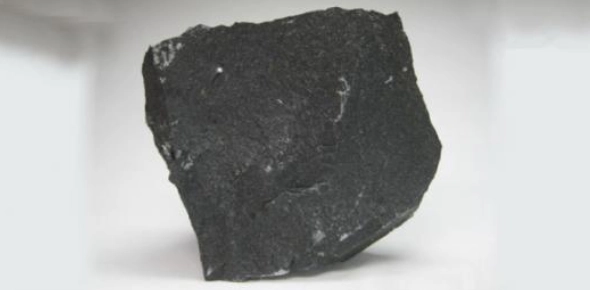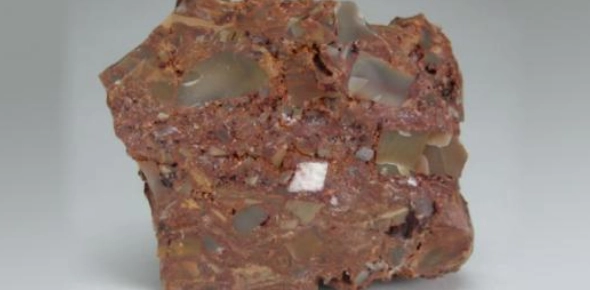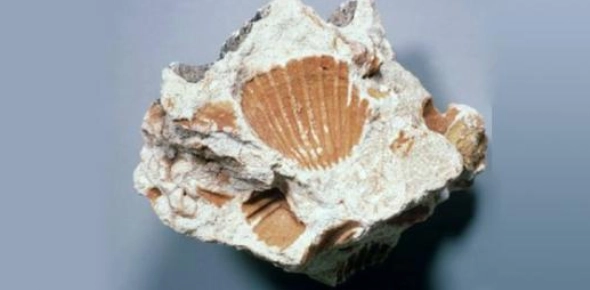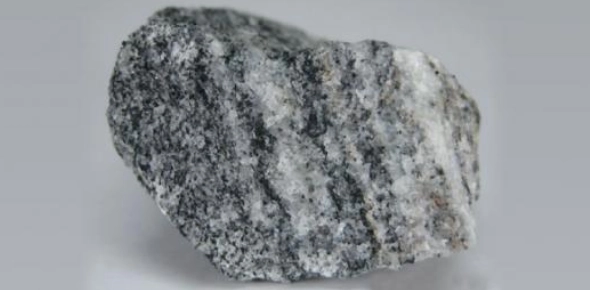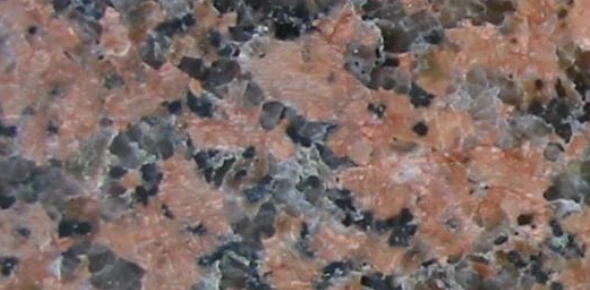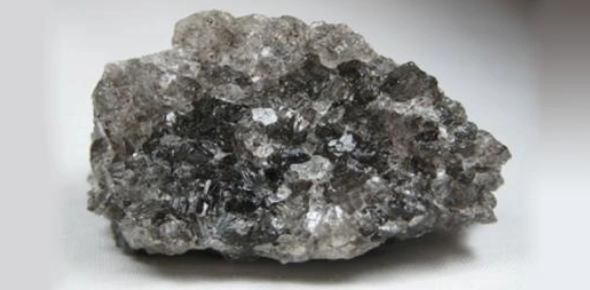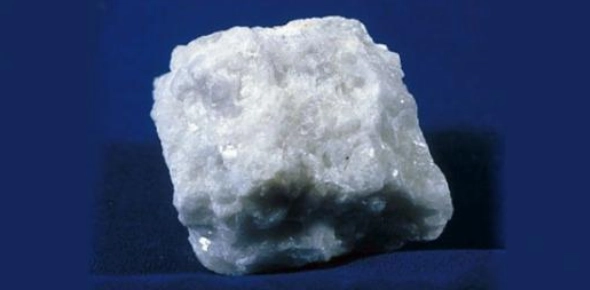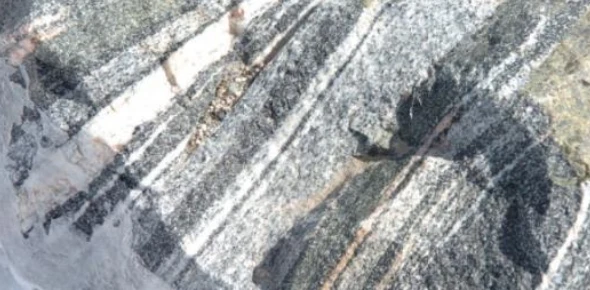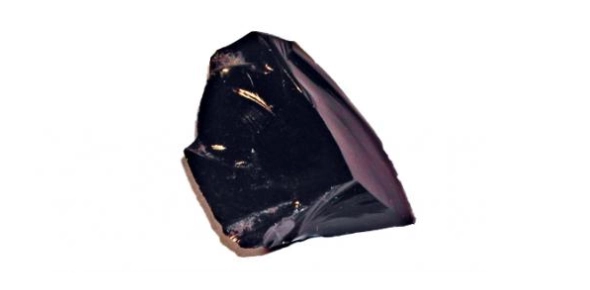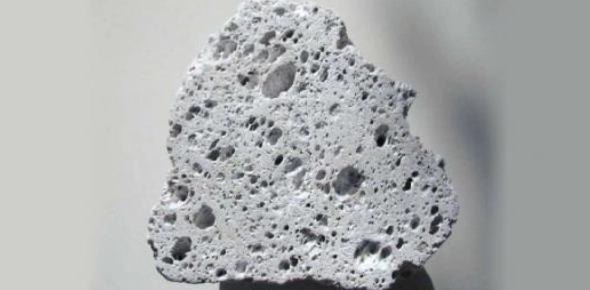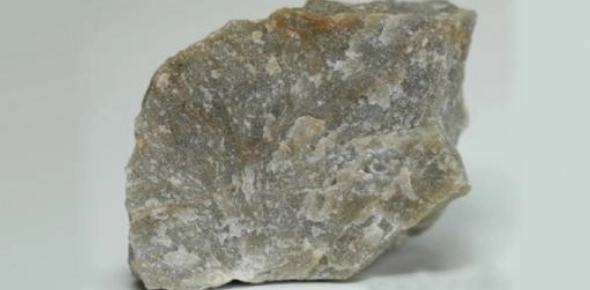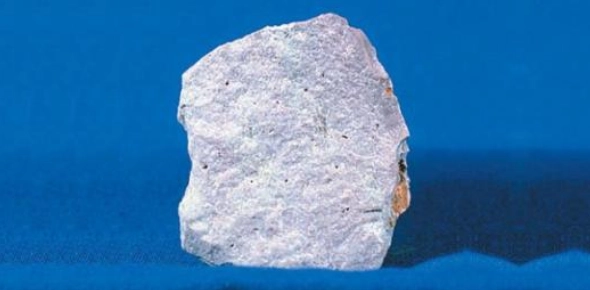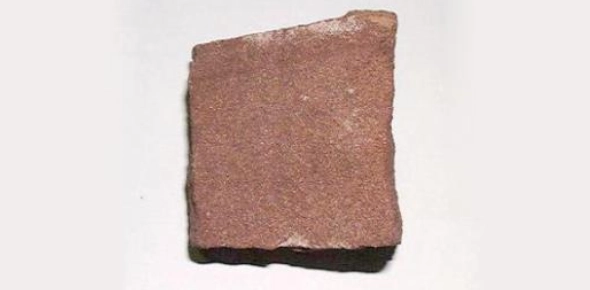Can You Identify The Types Of Rocks? Quiz
(142).jpg)
Start your fascinating journey through the Earth's geological wonders with our Types of Rocks Quiz! This quiz is designed to test your knowledge and deepen your understanding of the three main types of rocks: igneous, sedimentary, and metamorphic. Learn about the formation processes behind igneous rocks, which originate from the cooling and solidification of molten magma or lava. Explore the layers of sedimentary rocks, formed through the accumulation and cementation of sediments over time, revealing clues about Earth's history.
Delve into the world of metamorphic rocks, which undergo profound changes due to heat, pressure, or chemical processes, transforming from Read moretheir original state. Through engaging questions and informative explanations, you'll uncover the unique characteristics, properties, and uses of each rock type. Test your knowledge, challenge yourself, and gain a deeper appreciation for the dynamic processes that shape our planet's surface.
Types of Rocks Questions and Answers
- 1.
Coquina
- A.
Igneous Rock
- B.
Metamorphic Rock
- C.
Sedimentary Rock
- D.
None of the above
Correct Answer
C. Sedimentary RockExplanation
Coquina is a type of sedimentary rock. It is formed from the accumulation of shell fragments and other organic materials. Over time, these materials are compacted and cemented together to form a solid rock. Coquina is typically found in coastal areas and is known for its porous and lightweight nature. Its classification as a sedimentary rock is based on its origin and formation process.Rate this question:
-
- 2.
Basalt
- A.
Igneous Rock
- B.
Metamorphic Rock
- C.
Sedimentary Rock
- D.
None of the above
Correct Answer
A. Igneous RockExplanation
Basalt is an igneous rock formed from the solidification of molten lava. It is typically dark in color and has a fine-grained texture. Igneous rocks are formed through the cooling and solidification of magma or lava, making them the correct category for basalt. Metamorphic rocks are formed from the transformation of existing rocks due to heat and pressure, while sedimentary rocks are formed from the accumulation and compaction of sediments. Therefore, neither metamorphic nor sedimentary rock categories apply to basalt.Rate this question:
-
- 3.
What type of rock is this?
- A.
Igneous Rock
- B.
Metamorphic Rock
- C.
Sedimentary Rock
- D.
None of the above
Correct Answer
C. Sedimentary RockExplanation
Sedimentary rocks are formed from the accumulation and compaction of sediments over time. These sediments can include fragments of other rocks, minerals, and organic materials. The process of sedimentation involves the deposition of these materials in layers, which then undergo lithification to form solid sedimentary rocks. This type of rock often contains fossils and provides valuable information about Earth's history. Therefore, if someone prefers sedimentary rock, it suggests that they appreciate the processes of deposition, compaction, and lithification that lead to the formation of these rocks, as well as the insights they provide into Earth's past.Rate this question:
-
- 4.
Fossiliferous Limestone
- A.
Igneous Rock
- B.
Metamorphic Rock
- C.
Sedimentary Rock
- D.
None of the above
Correct Answer
C. Sedimentary RockExplanation
The correct answer is Sedimentary Rock. Fossiliferous limestone is a type of sedimentary rock that is formed from the accumulation of shells, coral, and other organic debris. Sedimentary rocks are formed through the processes of weathering, erosion, deposition, and lithification. In the case of fossiliferous limestone, the organic remains of marine organisms accumulate and are compacted and cemented over time to form the rock. Igneous rocks are formed from the cooling and solidification of molten magma, while metamorphic rocks are formed from the alteration of pre-existing rocks under high temperature and pressure. Therefore, neither igneous nor metamorphic rocks are applicable in this case.Rate this question:
-
- 5.
Gneiss
- A.
Igneous Rock
- B.
Metamorphic Rock
- C.
Sedimentary Rock
- D.
None of the above
Correct Answer
B. Metamorphic RockExplanation
Gneiss is a type of metamorphic rock formed from the transformation of pre-existing rocks under high temperature and pressure. It is characterized by its banded appearance and the presence of minerals such as quartz, feldspar, and mica. Gneiss is commonly found in mountainous regions and is often used as a decorative stone in construction due to its attractive patterns and durability.Rate this question:
-
- 6.
Granite
- A.
Igneous Rock
- B.
Metamorphic Rock
- C.
Sedimentary Rock
- D.
None of the above
Correct Answer
A. Igneous RockExplanation
Granite is classified as an igneous rock because it is formed from the solidification of molten magma deep within the Earth's crust. This process involves the cooling and hardening of the magma, resulting in the formation of interlocking mineral crystals that make up the granite. Igneous rocks, including granite, are known for their coarse-grained texture and are commonly found in areas with volcanic activity or as part of the Earth's continental crust.Rate this question:
-
- 7.
Rock Salt
- A.
Igneous Rock
- B.
Metamorphic Rock
- C.
Sedimentary Rock
- D.
None of the above
Correct Answer
C. Sedimentary RockExplanation
Rock salt is a type of sedimentary rock that forms when saltwater evaporates and leaves behind deposits of salt. Sedimentary rocks are formed through the accumulation and solidification of sediments, such as minerals, organic matter, and other particles, over time. Rock salt is a prime example of a sedimentary rock as it is formed from the precipitation of dissolved minerals from seawater.Rate this question:
-
- 8.
Marble
- A.
Igneous Rock
- B.
Metamorphic Rock
- C.
Sedimentary Rock
- D.
None of the above
Correct Answer
B. Metamorphic RockExplanation
Marble is classified as a metamorphic rock because it is formed from the metamorphism of limestone or dolomite. During the process of metamorphism, the original rock is subjected to high temperatures and pressures, causing the minerals within it to recrystallize and form new structures. This results in the formation of marble, which is characterized by its distinct crystalline structure and smooth texture. Unlike igneous and sedimentary rocks, which are formed through different processes, marble is specifically formed through the metamorphic process. Therefore, the correct answer is metamorphic rock.Rate this question:
-
- 9.
Migmatite
- A.
Igneous Rock
- B.
Metamorphic Rock
- C.
Sedimentary Rock
- D.
None of the above
Correct Answer
B. Metamorphic RockExplanation
Migmatite is a type of rock that is formed through the process of partial melting of both sedimentary and igneous rocks. This partial melting causes the rock to have both igneous and metamorphic characteristics. Therefore, it is classified as a metamorphic rock.Rate this question:
-
- 10.
Obsidian
- A.
Igneous Rock
- B.
Metamorphic Rock
- C.
Sedimentary Rock
- D.
None of the above
Correct Answer
A. Igneous RockExplanation
Obsidian is a type of volcanic glass that forms from the rapid cooling of lava. It is classified as an igneous rock because it originates from the solidification of molten material. Igneous rocks are formed through the cooling and solidification of magma or lava. This process allows for the formation of unique textures and compositions, such as the smooth and glassy texture of obsidian. Therefore, the correct answer is Igneous Rock.Rate this question:
-
- 11.
Pumice
- A.
Igneous Rock
- B.
Metamorphic Rock
- C.
Sedimentary Rock
- D.
None of the above
Correct Answer
A. Igneous RockExplanation
Pumice is a type of volcanic rock that is formed when lava with high levels of gas and water content erupts from a volcano. As the lava cools rapidly, the gas bubbles are trapped in the rock, giving it a porous and lightweight texture. This process is characteristic of igneous rocks, which are formed from the cooling and solidification of molten material. Therefore, the correct answer is Igneous Rock.Rate this question:
-
- 12.
Quartzite
- A.
Igneous Rock
- B.
Metamorphic Rock
- C.
Sedimentary Rock
- D.
None of the above
Correct Answer
B. Metamorphic RockExplanation
Quartzite is a metamorphic rock because it is formed from the metamorphism of quartz-rich sandstone. During the metamorphic process, the sandstone is subjected to high heat and pressure, causing the quartz grains to recrystallize and fuse together, resulting in the formation of quartzite. This transformation from sedimentary rock to metamorphic rock is a characteristic feature of quartzite, making it the correct answer.Rate this question:
-
- 13.
Rhyolite
- A.
Igneous Rock
- B.
Metamorphic Rock
- C.
Sedimentary Rock
- D.
None of the above
Correct Answer
A. Igneous RockExplanation
Rhyolite is a type of igneous rock that is formed from volcanic activity. It is characterized by its high silica content and fine-grained texture. Igneous rocks are formed when molten rock, or magma, cools and solidifies. Rhyolite is typically found in volcanic areas and is often associated with explosive eruptions. It is not a metamorphic or sedimentary rock, as it does not undergo the same processes of heat and pressure that these rock types experience. Therefore, the correct answer is Igneous Rock.Rate this question:
-
- 14.
Sandstone
- A.
Igneous Rock
- B.
Metamorphic Rock
- C.
Sedimentary Rock
- D.
None of the above
Correct Answer
C. Sedimentary RockExplanation
Sandstone is a type of rock that is formed from the accumulation and cementation of sand grains. It is composed mostly of sand-sized grains of mineral, rock, or organic material. This process of formation is characteristic of sedimentary rocks, which are formed from the deposition and lithification of sediments. Therefore, sandstone is classified as a sedimentary rock.Rate this question:
-
Quiz Review Timeline +
Our quizzes are rigorously reviewed, monitored and continuously updated by our expert board to maintain accuracy, relevance, and timeliness.
-
Current Version
-
Apr 12, 2024Quiz Edited by
ProProfs Editorial Team -
Jul 30, 2009Quiz Created by
Mark Sargent
 Back to top
Back to top




